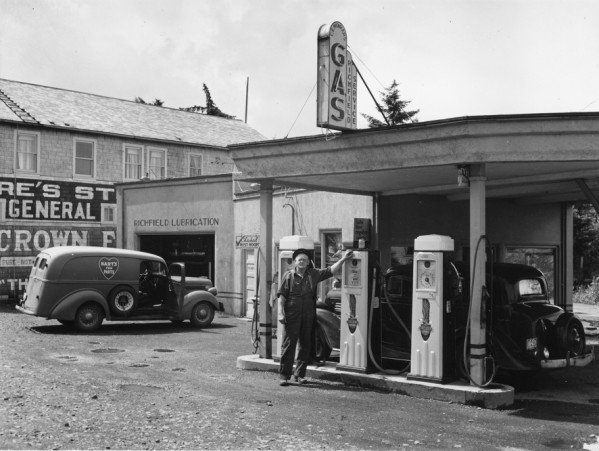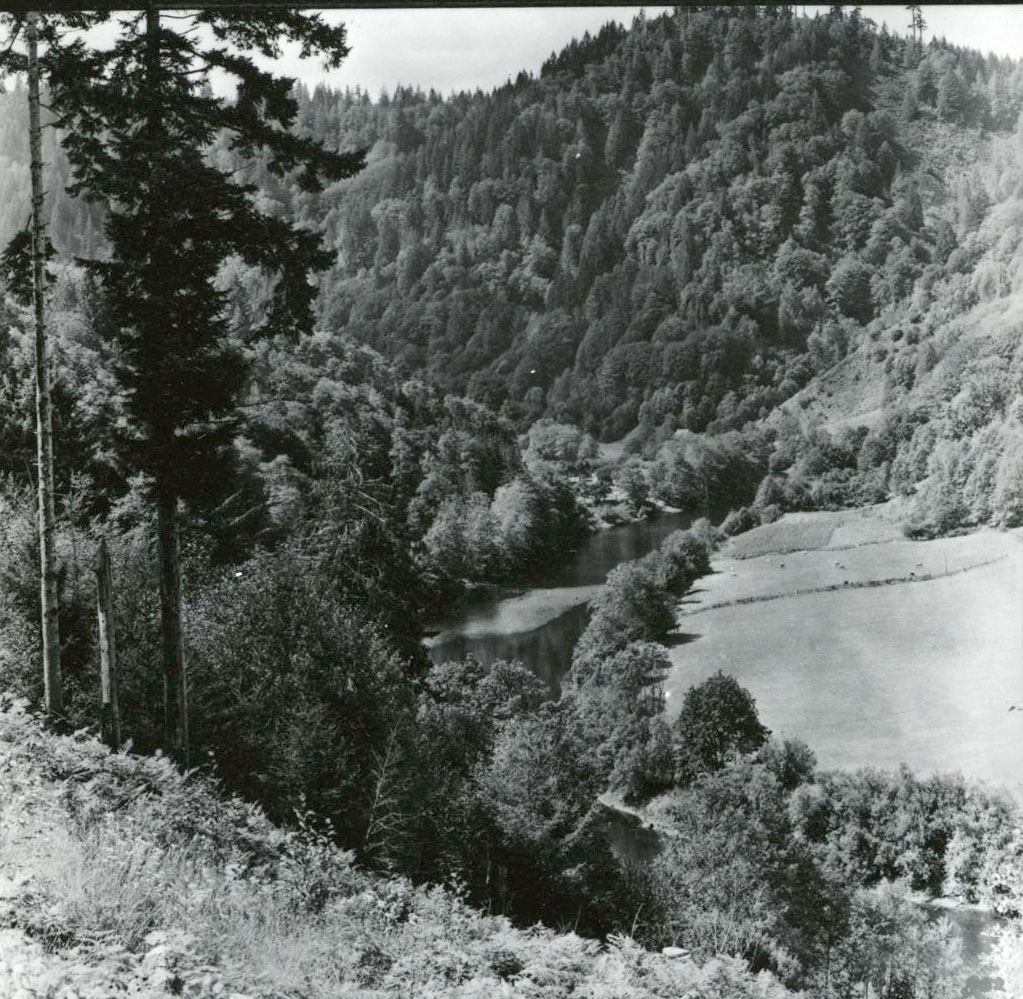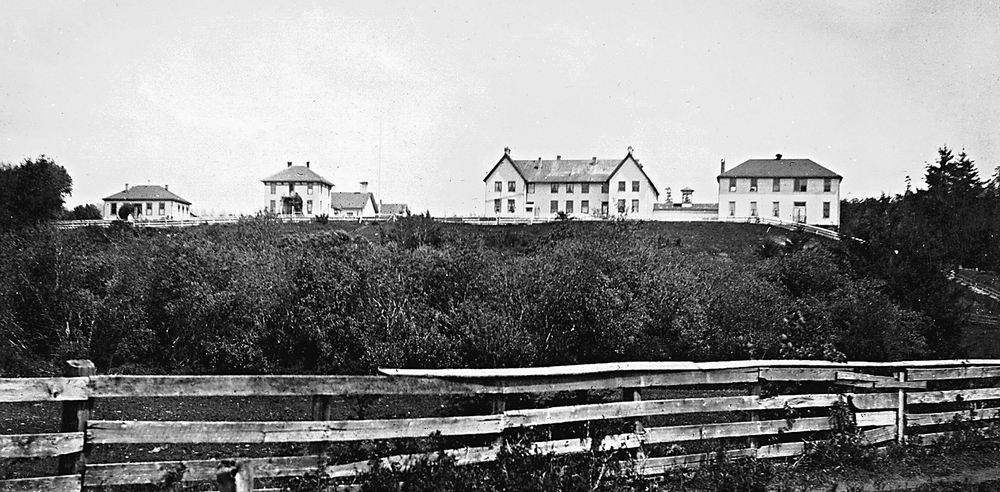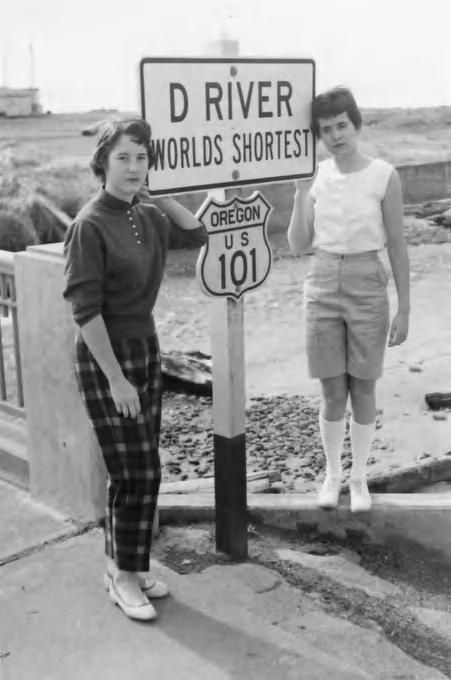Cutler City, the southernmost neighborhood of Lincoln City on the Oregon coast, was established in the early twentieth century as an independent townsite on land previously owned by Charley DePoe, a Siletz Indian. It comprises 393 tax lots on some 178 acres on the southeast edge of Siletz Bay between Schooner and Drift Creeks. “Uncle Charley” DePoe, who also owned land at present-day Depoe Bay, sold his Siletz Bay property to his friends George and Mary Ann Cutler in 1913. They established a townsite and sold the first lots to Frank Gibbs of Portland, who built a summerhouse in 1913. For a time, the area was known as Gibbs Point. The Cutlers built a cabin for themselves in 1913, but George Cutler died in 1914 and Mrs. Cutler moved to the Willamette Valley. Their son Arthur inherited the property and spent summers at the townsite selling lots.
The townsite developed as an unincorporated resort village of small cottages and, after the completion of modern highways to the coast in 1927, the Siletz Bay Auto Camp, a popular destination. The town was officially named Cutler City in 1930. Though platted, much of the townsite remained densely covered with pine, huckleberry, manzanita, and rhododendron. The North Lincoln Rhododendron Society, organized in 1938, selected Cutler City as its rhododendron capital, and Rhododendron Days were celebrated there during blooming season from 1938 to 1941.
Following World War II, much of the undeveloped land in Cutler City was cleared for new, generally modest, housing, and most of the wild rhododendrons were removed. Some still thrive in the Cutler City wetlands on the southeast edge of the district. In December 1964, Cutler City voted to join Oceanlake, Delake, Nelscott, and Taft to form the municipality of Lincoln City, incorporated on March 3, 1965. The estimated population of 2000 is a variable figure that includes permanent residents and second-home owners who are part-time residents.
-
![Cutler City gas station, about 1915.]()
Cutler City, gas station, ca 1915.
Cutler City gas station, about 1915. Oreg. State Univ. Archives, A 68.368.20 Sc 992
-
![C.E. Munkers Richfield gas station, Cutler City, June 1943.]()
Cutler City, Munkers Richfield gas station, 1943.
C.E. Munkers Richfield gas station, Cutler City, June 1943. Photo Roger Hart, Oreg. State Univ. Archives, A 94.77.1 SC 991 N 191B
Related Entries
-
![Alsea Subagency of Siletz Reservation]()
Alsea Subagency of Siletz Reservation
In September 1856, Joel Palmer, the Superintendent of Indian Affairs fo…
-
Coast Indian Reservation
Beginning in 1853, Superintendent of Indian Affairs Joel Palmer negotia…
-
![Lincoln City]()
Lincoln City
Early in the twentieth century, a string of small beach towns with thei…
Map This on the Oregon History WayFinder
The Oregon History Wayfinder is an interactive map that identifies significant places, people, and events in Oregon history.
Further Reading
Hall, Anne Jobbe. Lincoln City and the Twenty Miracle Miles. Charleston, SC.: Arcadia Publishing, 2008.
Hall, Anne. Cutler City: Wild Rhododendron Capital of the Oregon Coast (Historic Context Statement and Cultural Resource Inventory). City of Lincoln City, Oregon, 2007.





